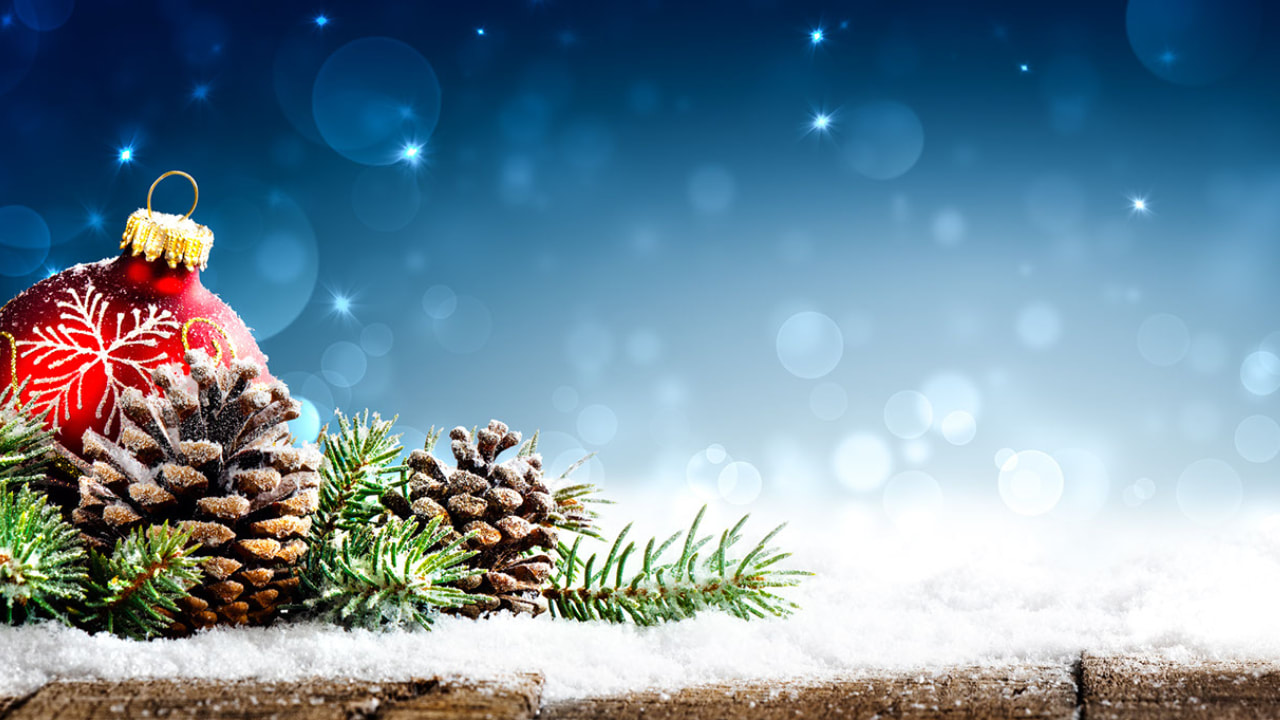|
A few years ago I was asked to record a rock guitar version of “Joy To The World” on “spec”, by my publisher at the time. From time to time this particular publisher will reach out to me when she has specific needs and requests that she thinks I’m a good fit for. When I’m able, I will write or record specific tracks that I know ahead of time she has a need for. These types of tracks tend to get placed more frequently since there is a specific place she has in mind to pitch the track to before I even record the track.
This particular version of Joy To The World that I arranged and played on guitar has been used many times over the years in a wide variety of ads and promo spots for shows like ABC Primetime News, The Middle, Mary Poppins, The Great Christmas Light Fight and more. Check it out here: It turns out, there’s a pretty big market for public domain tracks in the licensing world, in particular for re-imagined versions of holiday classics. The great thing about music that is in the public domain is that anyone can record and license these tracks. There are no publishers you need to contact to get permission. You don’t need to get clearance for these tracks. You can simply record them and pitch them as you see fit and collect royalties the same way you would for your original tracks. What is “Public Domain” music? The History of Public Domain (From Wikiepdia): “Although the term domain did not come into use until the mid-18th century, the concept can be traced back to the ancient Roman law, "as a preset system included in the property right system".[11] The Romans had a large proprietary rights system where they defined "many things that cannot be privately owned"[11] as res nullius, res communes, res publicae and res universitatis.[12] The term res nullius was defined as things not yet appropriated.[13] The term res communes was defined as "things that could be commonly enjoyed by mankind, such as air, sunlight and ocean."[11] The term res publicae referred to things that were shared by all citizens, and the term res universitatis meant things that were owned by the municipalities of Rome.[11] When looking at it from a historical perspective, one could say the construction of the idea of "public domain" sprouted from the concepts of res communes, res publicae, and res universitatis in early Roman law.[11] When the first early copyright law was originally established in Britain with the Statute of Anne in 1710, public domain did not appear. However, similar concepts were developed by British and French jurists in the 18th century. Instead of "public domain", they used terms such as publici juris or propriété publique to describe works that were not covered by copyright law.[14] The phrase "fall in the public domain" can be traced to mid-19th-century France to describe the end of copyright term. The French poet Alfred de Vigny equated the expiration of copyright with a work falling "into the sink hole of public domain"[15] and if the public domain receives any attention from intellectual property lawyers it is still treated as little more than that which is left when intellectual property rights, such as copyright, patents, and trademarks, expire or are abandoned.[10] In this historical context Paul Torremans describes copyright as a, "little coral reef of private right jutting up from the ocean of the public domain."[16] Copyright law differs by country, and the American legal scholar Pamela Samuelson has described the public domain as being "different sizes at different times in different countries".[17] Definitions of the boundaries of the public domain in relation to copyright, or intellectual property more generally, regard the public domain as a negative space; that is, it consists of works that are no longer in copyright term or were never protected by copyright law.[18] According to James Boyle this definition underlines common usage of the term public domain and equates the public domain to public property and works in copyright to private property. However, the usage of the term public domain can be more granular, including for example uses of works in copyright permitted by copyright exceptions. Such a definition regards work in copyright as private property subject to fair-use rights and limitation on ownership.[1] A conceptual definition comes from Lange, who focused on what the public domain should be: "it should be a place of sanctuary for individual creative expression, a sanctuary conferring affirmative protection against the forces of private appropriation that threatened such expression".[18] Patterson and Lindberg described the public domain not as a "territory", but rather as a concept: "[T]here are certain materials – the air we breathe, sunlight, rain, space, life, creations, thoughts, feelings, ideas, words, numbers – not subject to private ownership. The materials that compose our cultural heritage must be free for all living to use no less than matter necessary for biological survival."[19] The term public domain may also be interchangeably used with other imprecise or undefined terms such as the public sphere or commons, including concepts such as the "commons of the mind", the "intellectual commons", and the "information commons".[10] Music People have been creating music for millennia. The first musical notation system, the Music of Mesopotamia system, was created 4,000 years ago. Guido of Arezzo introduced Latin musical notation in the 10th century.[23] This laid the foundation for the preservation of global music in the public domain, a distinction formalized alongside copyright systems in the 17th century. Musicians copyrighted their publications of musical notation as literary writings, but performing copyrighted pieces and creating derivative works were not restricted by early copyright laws. Copying was widespread, in compliance with the law, but expansions of those laws intended to benefit literary works and responding to commercial music recording technology's reproducibility have led to stricter rules. Relatively recently, a normative view that copying in music is not desirable and lazy has become popular among professional musicians. US copyright laws distinguish between musical compositions and sound recordings, the former of which refers to melody, notation or lyrics created by a composer or lyricist, including sheet music, and the latter referring to a recording performed by an artist, including a CD, LP, or digital sound file.[24] Musical compositions fall under the same general rules as other works, and anything published before 1925 is considered public domain. Sound recordings, on the other hand, are subject to different rules and are not eligible for public domain status until 2021–2067, depending on the date and location of publishing, unless explicitly released beforehand.[25] The Musopen project records music in the public domain for the purposes of making the music available to the general public in a high-quality audio format. Online musical archives preserve collections of classical music recorded by Musopen and offer them for download/distribution as a public service.” Summing Up If you ever reach a point where you’re not sure what to record next, or perhaps you’re going through a period of writer’s block, recording public domain music can be a fun way to grow your catalog while also serving a niche in the licensing space that there is demand for. This holiday season, as a fun experiment, pay close attention to the music you hear in commercials, tv shows and films. Listen closely to the music being used in the background and you’ll start to get a sense of the wide variety of holiday themed music that is being licensed this time of year. In particular, take note of all the re-imagined versions of holiday classics you hear, all of which are in the public domain. Although it's probably too late to license holiday music this year, consider creating a few arrangements/recordings of public domain holiday tracks for 2023. Re-imagining holiday classics is a fun and simple way to grow your catalog while getting into the holiday spirit at the same time. To research whether a song is in the public domain or not, here’s a great resource: https://www.pdinfo.com/ Happy Holidays! Aaron Davison
0 Comments
Leave a Reply. |
|
© 2024 By Aaron Davison.net

